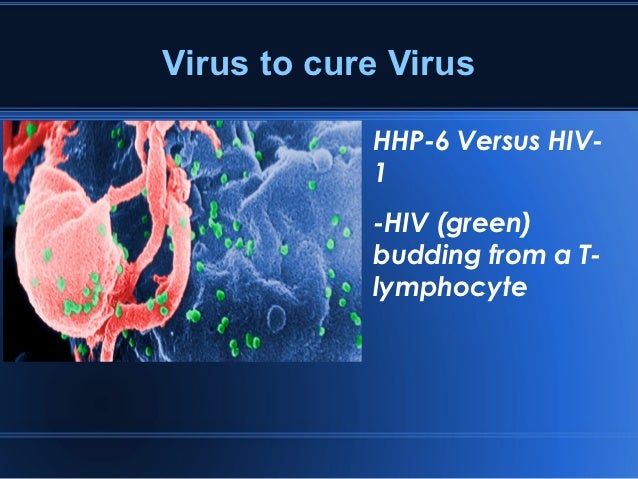
It typically affects the face and hands but may also affect other parts of the body.
#Bacterial phenomena skin#
Impetigo is another common bacterial skin infection.
areas where the skin looks pitted or resembles orange peel. flushed, swollen, and painful areas that are warm and tender. Some signs and symptoms of cellulitis include: CellulitisĬellulitis is a common skin infection in which bacteria infect the deeper layers of the skin. Two common skin infections are cellulitis and impetigo. These breaks may occur as a result of surgical incisions or injuries such as cuts, scrapes, and burns. Most skin infections develop when bacteria enter the body through breaks in the skin. vaginal bleeding not related to menstruation. pain or burning sensations while urinating. abnormal genital discharge that may be:. Most bacterial STIs can infect anyone.Īlthough each STI causes slightly different symptoms, most can cause the following: a strong, fishy-smelling odor, especially after sexĪ number of sexually transmitted infections (STIs) develop due to bacteria. pain, itching, or burning inside the vagina. Signs and symptoms of bacterial vaginosis include: It is a common vaginal condition in women aged 15–44 years. Vaginal infectionsīacterial vaginosis (BV) is a bacterial infection of the vagina. In the United States, as many as 3 in 10 children who experience a sore throat have strep throat. Strep throat is much more common in children and adolescents. swollen lymph nodes in the front of the neck. discoloration and swelling of the tonsils. tiny red dots along the roof of the mouth. The most common symptoms of strep throat include: Another term for this condition is strep throat. The bacteria group A Streptococcus can cause a bacterial infection of the throat and tonsils. itching and irritation in and around the ear. The symptoms of an ear infection usually come on very quickly and may include: confusion, particularly in older adultsīacterial infections can occur in the inner, middle, or outer part of the ear. nausea and vomiting, particularly in young children. 
sharp or stabbing chest pain that worsens when breathing deeply or coughing.
 a cough that may produce green, yellow, or bloody mucus.
a cough that may produce green, yellow, or bloody mucus. 
Some potential signs and symptoms of pneumonia include: One of the most common bacterial lung infections is bacterial pneumonia.
the bronchi, which are airways that lead from the trachea to the lungs. The lower respiratory tract consists of the following body parts: postnasal drip, wherein mucus constantly drips down the back of the throat. The medical term for infection and inflammation of the sinuses is sinusitis.Ĭommon signs and symptoms of sinusitis include: Sometimes, the sinuses can become infected with bacteria or viruses. The sinuses are a network of hollow cavities inside the skull. The upper respiratory tract includes the nasal passages and the sinuses. feeling the need to go to the bathroom even when the bowel is empty. diarrhea that can be loose, watery, or bloody. Gastrointestinal infectionsĪlthough different species of bacteria cause slightly different symptoms, most tend to cause several of the following: The sections below will outline some of the most common signs and symptoms associated with bacterial infections in different parts of the body. 
Bacterial infections can develop anywhere in the body, but they often occur near sites where bacteria can enter the body.








 0 kommentar(er)
0 kommentar(er)
